Why Industrial Cardboard Tubes Are the Sustainable Choice for Packaging With 30 Percent Less Material Waste
In the evolving landscape of sustainable packaging solutions, industrial cardboard tubes have emerged as a frontrunner, offering a remarkable reduction in material waste—up to 30 percent less than traditional packaging methods. As industries strive to meet environmental targets, the transition to these innovative tubes is not just a trend but a necessity. According to a recent report by Smithers Pira, the demand for sustainable packaging is projected to increase by over 20% by 2025, highlighting the critical role that materials like industrial cardboard tubes will play in the future of packaging.
Expert insights further solidify the importance of this shift. Dr. Emily Carter, a leading specialist in sustainable materials at the Institute of Packaging, aptly stated, "The efficiency and eco-friendliness of industrial cardboard tubes position them as a prime solution for manufacturers looking to minimize their environmental footprint while maintaining product integrity." This sentiment underscores the dual benefits of adopting industrial cardboard tubes, not only in reducing waste but also in enhancing the sustainability profile of businesses across various sectors.
As companies increasingly face pressures to adopt greener practices, the transition to industrial cardboard tubes signifies a pivotal step toward achieving sustainability goals, ultimately benefiting both the environment and the bottom line.
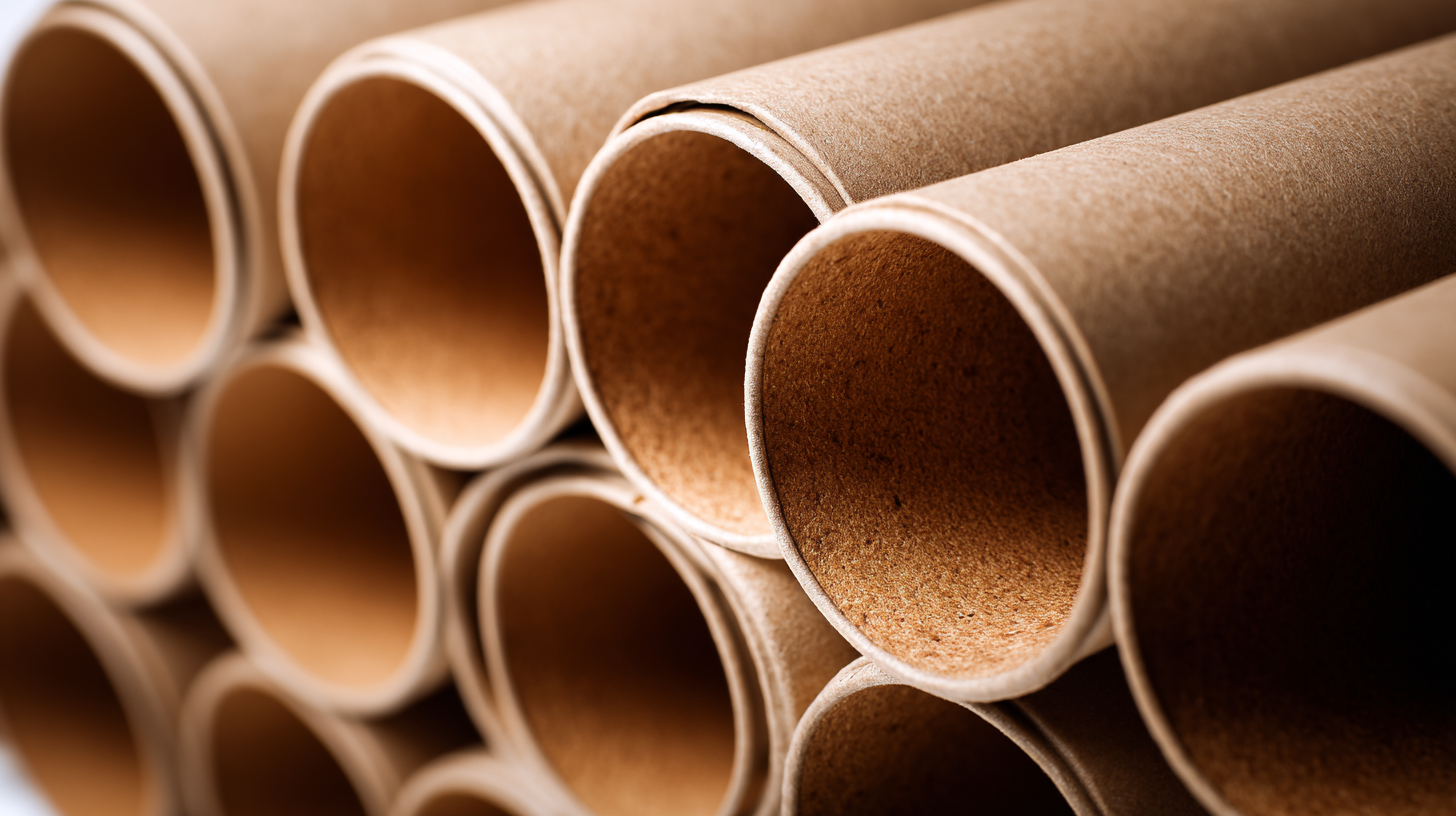
Benefits of Industrial Cardboard Tubes for Eco-Friendly Packaging
Industrial cardboard tubes have emerged as a leading sustainable packaging solution, offering numerous benefits that align with eco-friendly practices. These tubes use approximately 30 percent less material compared to traditional packaging methods, significantly reducing waste and overall environmental impact. By opting for cardboard tubes, companies can contribute to a circular economy, utilizing renewable materials that enhance their brand’s commitment to sustainability.
The growing trend towards sustainable packaging is not just a passing phase; it's a fundamental shift in consumer expectations and market dynamics. With the global packaging tubes market projected to grow from USD 6.2 billion in 2025 to USD 11.8 billion by 2035, the demand for eco-friendly alternatives is undeniable. As consumers become increasingly environmentally conscious, the adoption of industrial cardboard tubes not only meets this demand but also aligns with the broader goals of waste reduction and resource efficiency within the packaging industry. Companies adopting such practices are likely to see enhanced brand loyalty and a stronger market presence as they meet the needs of a growing eco-conscious consumer base.
Comparative Analysis: Material Waste Reduction in Packaging Solutions
The packaging industry has been under increasing pressure to reduce material waste, and a comparative analysis reveals that industrial cardboard tubes stand out for their sustainability benefits. According to a report by Smithers Pira, packaging accounts for a significant 26% of the global waste stream, with traditional materials such as plastic and Styrofoam contributing heavily to this figure. In contrast, cardboard tubes utilize approximately 30% less material than their non-recyclable counterparts while maintaining structural integrity, offering an effective solution for reducing waste.
Additionally, a lifecycle assessment conducted by the European Container Glass Federation indicates that cardboard tubes can be recycled multiple times without losing quality, promoting a circular economy. The report highlights that, when compared to plastic packaging, the production of cardboard tubes results in a 40% reduction in carbon emissions, emphasizing the environmental advantages of using renewable materials. This analysis corroborates the notion that shifting towards industrial cardboard tubes not only conserves resources but also aligns with global sustainability goals, marking a significant step forward in packaging innovations.
Material Waste Reduction in Packaging Solutions
Case Studies on Successful Implementation of Cardboard Tube Packaging
The integration of cardboard tube packaging is proving to be a sustainable alternative in various industries, with some companies successfully implementing this innovative solution.
A recent case study highlights a leading cosmetics brand that transitioned to cardboard tubes for its lip balm products, resulting in a 30% reduction in material waste compared to traditional plastic packaging. This shift not only minimized their environmental footprint but also enhanced the brand's appeal among environmentally-conscious consumers.
Reports indicate that consumers are willing to pay up to 15% more for products that use sustainable packaging, a trend that emphasizes the importance of eco-friendly practices in consumer choices.
Another illustrative case comes from the food sector, where a snack company adopted cardboard tubes for packaging their chips. This transition resulted in a significant decrease in carbon emissions associated with production and transportation, as cardboard is often sourced from recycled materials. Industry analysis estimates that using cardboard tubes can reduce overall packaging costs by 20% while aligning with circular economy principles. As businesses increasingly focus on sustainability, the implementation of cardboard tube packaging exemplifies how companies can innovate to reduce waste while meeting market demands.
Future Innovations in Sustainable Packaging Technologies
As the demand for sustainable solutions in packaging continues to rise, the FMCG packaging market is projected to grow significantly, reaching a value of $1.34 trillion by 2032. This growth underscores the importance of innovations in sustainable packaging technologies. New developments, such as edible biobased films created from modified potato starch, represent a shift towards packaging that is not only functional but also environmentally friendly, reducing waste and reliance on traditional materials.
Companies are increasingly investing in innovative designs that minimize carbon footprints while addressing climate emergencies. The focus on reducing material usage, such as with industrial cardboard tubes that create 30% less material waste, illustrates a growing trend towards sustainability. The combination of technology and creativity is essential in driving this movement forward, as seen in initiatives showcased at global forums that emphasize collaboration for a greener future in packaging. As industries strive for sustainable practices, the innovations and commitments made today will shape the future landscape of packaging technologies.
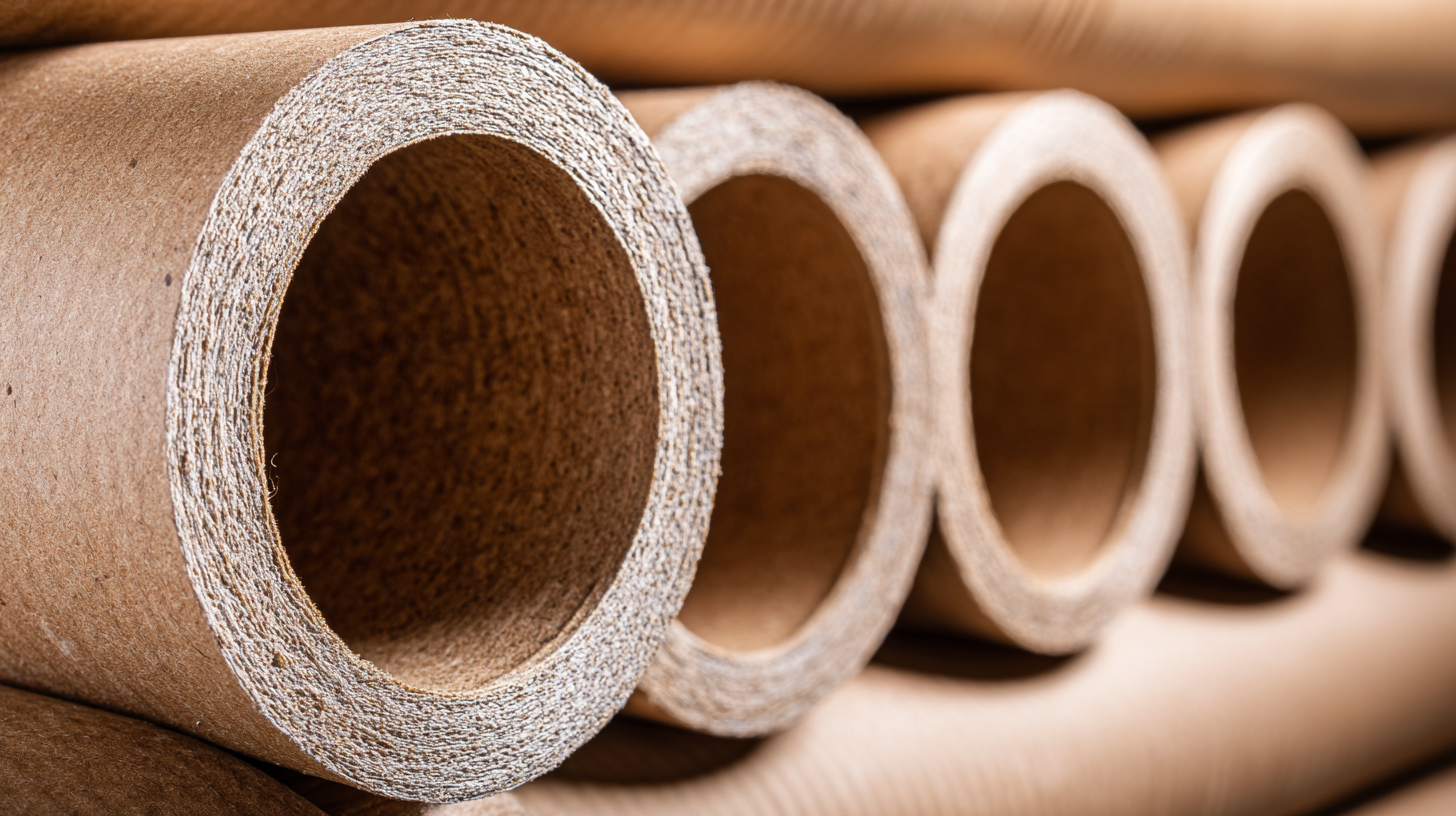
Consumer Insights on the Preference for Eco-Conscious Packaging Choices
In recent years, consumer preferences have significantly shifted towards eco-conscious packaging options, reflecting a growing awareness of environmental issues. According to a 2022 Nielsen report, 73% of millennials are willing to pay more for sustainable products, indicating that companies must adapt to this demand to remain competitive. This trend is not limited to millennials; a 2021 McKinsey survey found that 60% of consumers across various age groups prioritize sustainable packaging when making purchasing decisions. This consumer insight highlights the urgent necessity for businesses to transition to more environmentally friendly materials.
Industrial cardboard tubes, for instance, exemplify the shift towards sustainable packaging solutions. A study published by the Sustainable Packaging Coalition noted that utilizing these tubes can result in over 30% less material waste compared to traditional packaging alternatives. Additionally, cardboard tubes are typically made from recyclable materials, which aligns with consumers' growing preference for products that minimize environmental impact. By adopting such eco-friendly packaging, companies not only reduce their carbon footprint but also enhance their brand loyalty among environmentally conscious consumers.
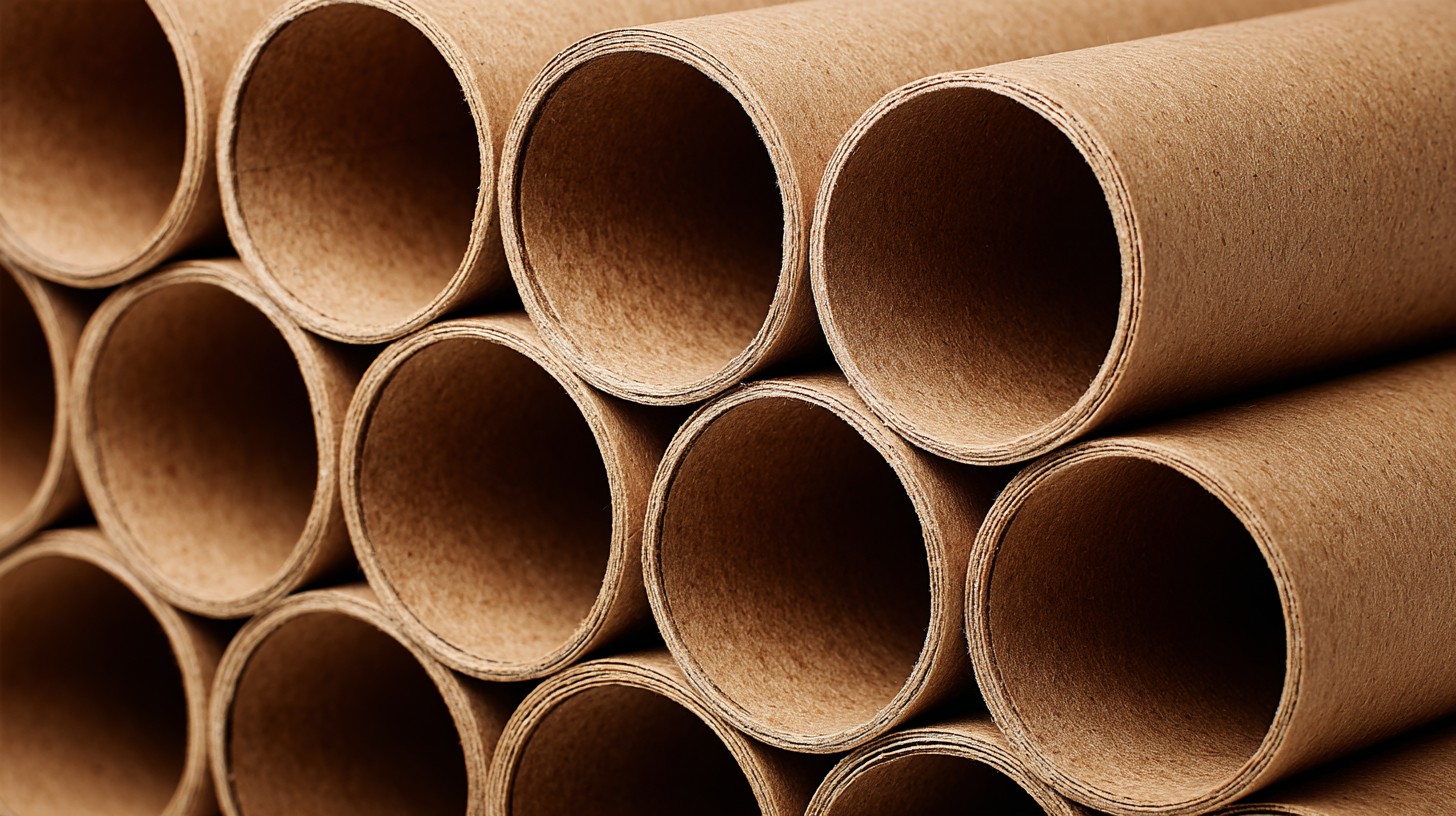
Related Posts
-

Exploring Market Trends for Cardboard Roll Innovations at the 2025 China Import and Export Fair
-

How to Create Unique Crafts Using Cardboard Tubes with Proven Techniques
-

The Future of Delivery Packaging Innovations Shaping Sustainable Shipping Solutions
-
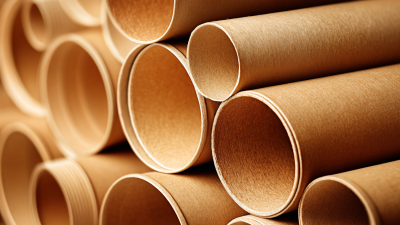
Unlocking Efficiency: Why Cardboard Tubes for Shipping Are the Future of Sustainable Packing Solutions
-
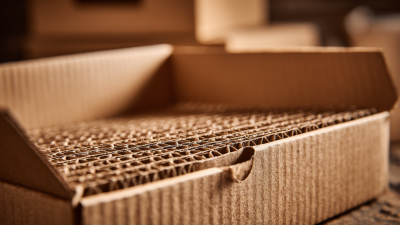
The Rise of Sustainable Packaging: How Printed Cardboard Outperforms Traditional Materials in Consumer Demand
-

Exploring the Rise of Sustainable Kraft Tubes: Why Brands Are Making the Switch in 2023
© 2025 Cardboard Tubes | Registered in England and Wales.
Company Number 2402078

